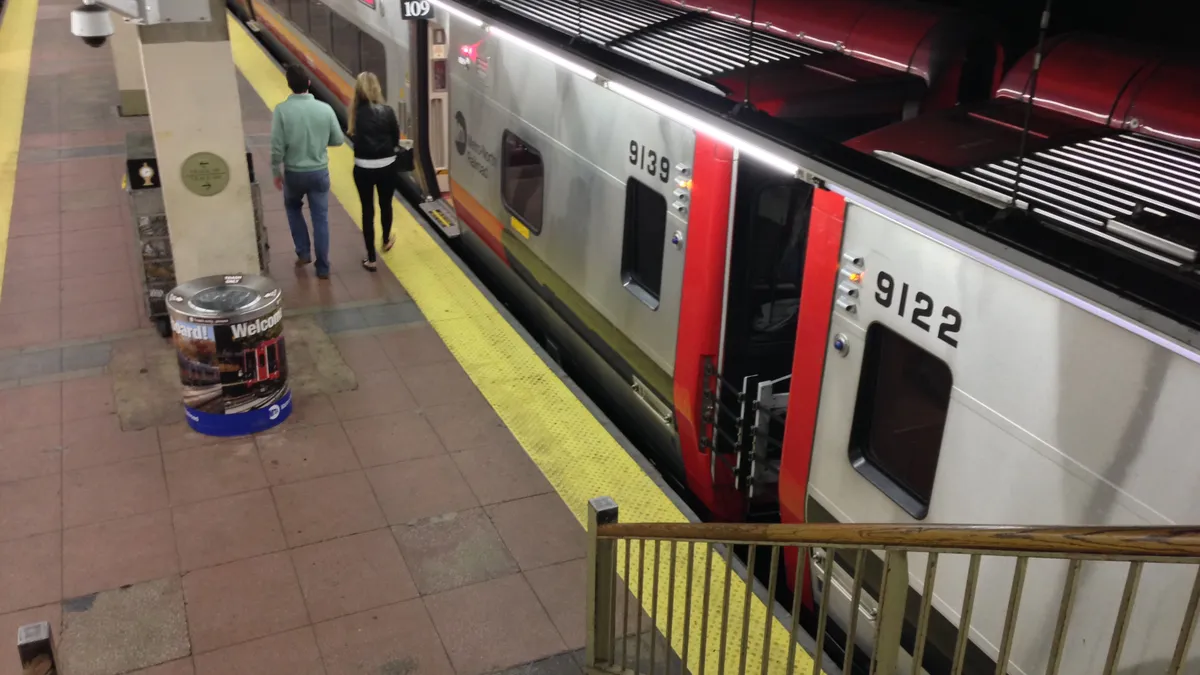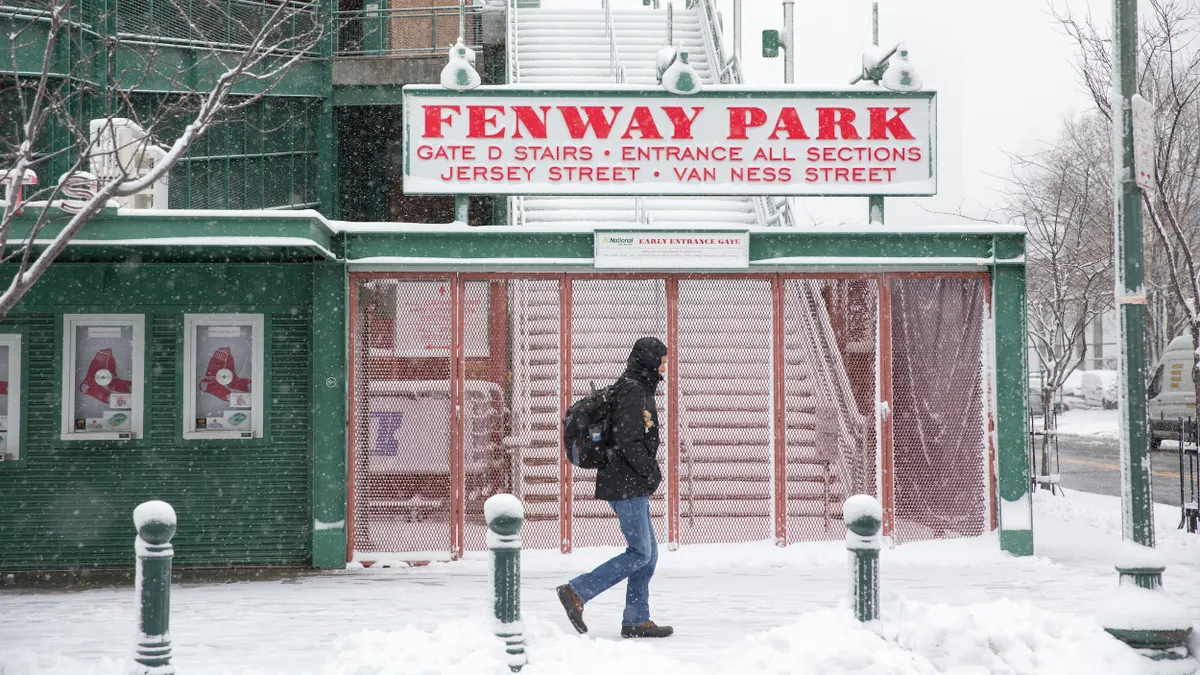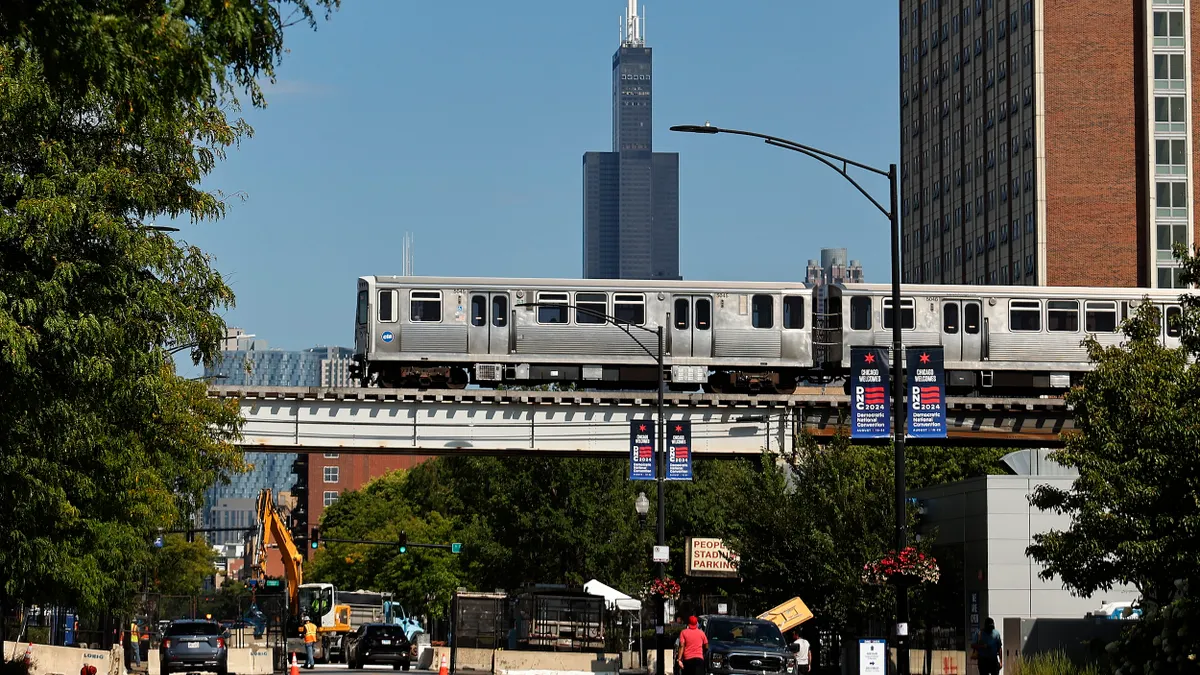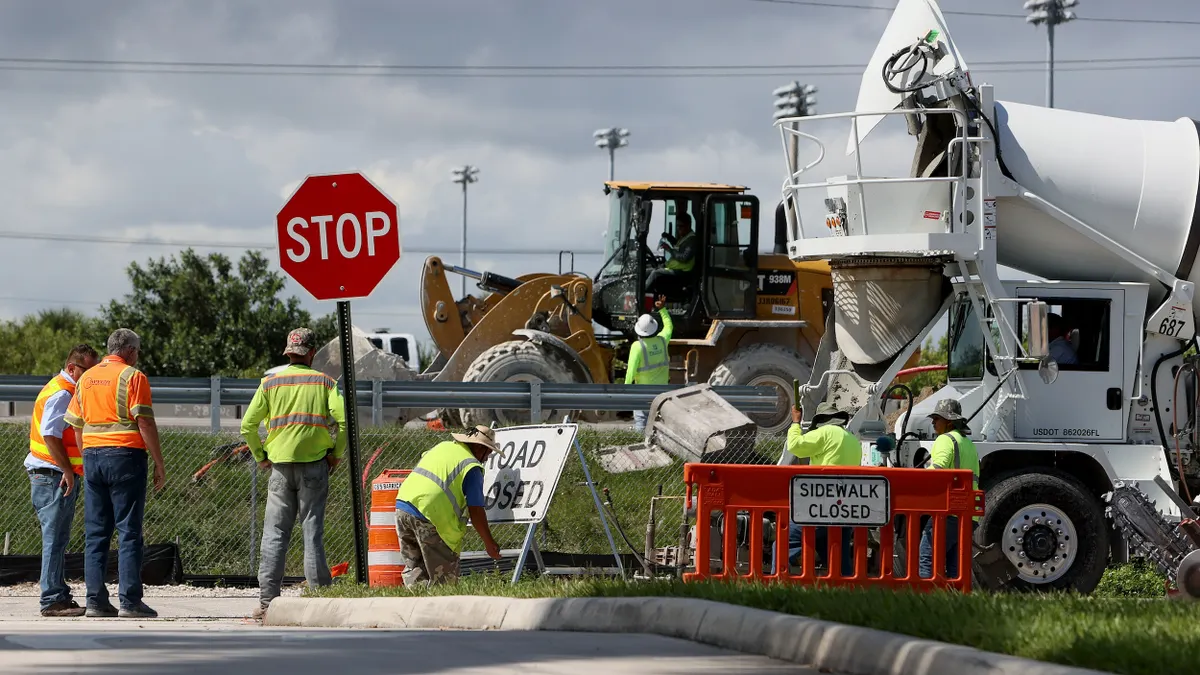Leaders from five commuter railroads spoke about the travel changes brought on by the COVID-19 pandemic, federal funding and other issues during a Wednesday subcommittee hearing of the House Transportation and Infrastructure committee.
“The face of commuter rail is evolving,” said Debra Johnson, general manager and chief executive officer at the Denver-based Regional Transportation District. “This vital public service, first established to move a workforce from the more affordable suburbs into the city center during morning and evening rush hours, is experiencing a renaissance.”
Johnson said that commuter rail agencies across the country are moving toward a regional rail approach, which she described as “bi-directional all-day service to serve the post-pandemic travel patterns of a hybrid workforce and to provide additional or more attractive travel options to discretionary customers.”
Darren Kettle, CEO of the Southern California Regional Rail Authority, known locally as Metrolink, echoed Johnson’s experience. “We have had time to observe changed travel patterns and welcome some riders back to our system. While peak commuter period ridership remains below pre-pandemic ridership levels, off-peak ridership has returned more strongly,” he said.
Kettle explained that Metrolink sees a need to increase service from 142 trains across their system to 178 total trains, spreading service across the day and evening. “The schedule would promote transfer opportunities through ‘pulse’ scheduling across lines, providing a more competitive travel time when compared to driving.”
Metrolink tried this out beginning in October 2023 on its Antelope Valley Line, increasing service 58% with new service during non-commuter hours and doubling of weekend service. The railroad also introduced a zero-fare pilot program for students. “For the four months following the expansion of service on the Antelope Valley Line, total ridership increased by 27% compared to the same period of the prior year, with students accounting for half of the new ridership,” Kettle said.
David Dech, executive director of the South Florida Regional Transportation Authority, known as Tri-Rail, said that the federal funding it received from the bipartisan infrastructure law “provided critical assistance that has allowed us to address capital replacement challenges that have been a difficult problem for several years.”
Northern Indiana Commuter Transportation District President Michael Noland, who also represented the Commuter Rail Coalition, said that “the very significant funding increase we have seen since the passage of the Bipartisan Infrastructure Law has provided necessary funds for critical investment and the predictability that allows us to move towards, or to maintain, a state of good repair.”
But Johnson drew attention to the funding challenges commuter railroads face, noting that no specific discretionary funding program exists at the U.S. Department of Transportation to specifically support commuter rail projects, like the Consolidated Rail Infrastructure and Safety Improvements Program, which provides funding for intercity passenger and freight rail. That means commuter rail must compete for funds with a wide array of projects such as pedestrian walkways and bike paths.
“While the markets we serve may be different, both intercity and commuter rail systems have significant operating and capital needs,” said Kevin Corbett, president and chief executive officer at New Jersey Transit.
Corbett noted that while the Infrastructure Investment and Jobs Act “was a game-changer,” it only runs through fiscal year 2026. “Multi-year, predictable funding beyond FY26 is essential to address not just the Northeast Corridor’s state-of-good repair and improvement needs, but the needs of commuter railroads across the nation – this includes significant investments in fleet vehicles as well as facilities and infrastructure,” Corbett said.
Some commuter rail executives at the hearing pointed to their respective agencies’ interactions with Amtrak and freight railroads in regard to track access. Other issues that witnesses brought up involved the availability and cost of liability insurance, safety at grade crossings and the risks with hazardous materials being transported by freight railroads on their property or within their service territory.




















